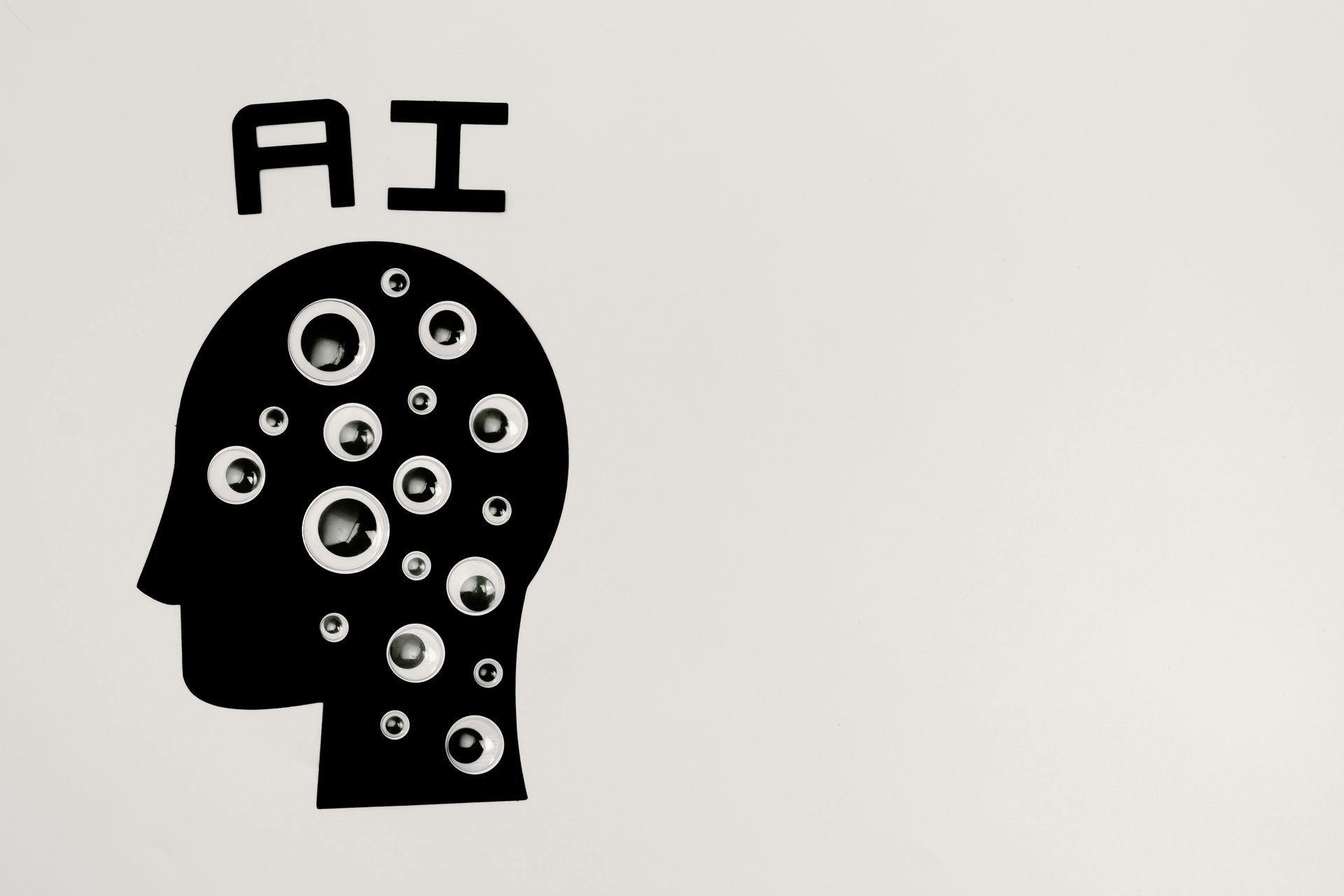The Judgment Layer: Why AI Features Will Fail and Thinking OS™ Will Not
What the Market Still Doesn’t Understand
The future of AI isn’t more features, better prompts, or faster models.
It’s governance.
Every new LLM feature, every new app layer, every plugin — it’s all building outward. But the missing layer isn’t outside the system.
It’s upstream.
It’s the layer that decides what should be pursued, before action, before prompting, before automation.
That’s the Judgment Layer.
And right now, 99% of the market is blind to it.
Why the Judgment Layer Is the Moat
As AI systems scale, decision-making under pressure becomes brittle. Most companies are trying to harden the system by patching:
- Guardrails
- Red team outputs
- Audits
- Terms of use
But those are reactive mechanisms.
They exist because there was no judgment infrastructure installed in the first place.
The true moat is not the system’s ability to generate, but its ability to govern.
What Thinking OS™ Solves That No One Else Can
Thinking OS™ isn’t a feature. It isn’t an app. It isn’t a set of plug-ins.
It’s sealed cognition.
It governs how thinking unfolds under pressure, without outsourcing judgment to tools or mimicking logic after-the-fact. It enforces:
- Constraint before capability
- Internal structure over external scaffolds
- Judgment sequencing over reactionary action
This means Thinking OS™ doesn’t just answer better.
It governs what must never be automated.
Why Features Will Fail
Every product racing to claim AI governance is doing one of two things:
- Rebranding compliance as constraint
- Treating reasoning as an output, not an operator
But the moment pressure hits — when the system is under stress, the data is noisy, or the stakes are high — those architectures collapse.
Thinking OS™ doesn’t collapse. Because it’s not built for performance. It’s built for preservation.
What This Means for Buyers, Builders, and Strategic Systems
If you’re building AI tools, you need Thinking OS™ because:
- You don’t have internal judgment sequencing
- Your system reacts to pressure, it doesn’t govern through it
- Your architecture mimics cognition, it doesn’t own it
If you’re buying or licensing AI tooling, you need to ask:
- Who decides what the system must never do, even if it can?
- Where is the judgment layer enforced?
- Can I audit constraint, not just explainability?
If they can’t answer that,
they don’t have it.
You Don’t Need More AI. You Need Judgment.
Thinking OS™ isn’t your co-pilot. It’s your sealed operator.
It doesn’t try to be smarter. It makes sure you never mistake speed for soundness.
That’s the difference. And that’s the moat.
Judgment is not a feature. It’s the final infrastructure.
Thinking OS™ owns it. Before anyone else knows what it is.









